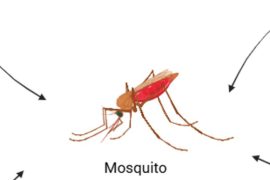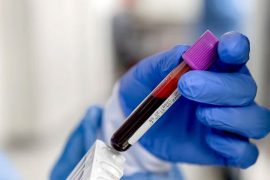The pancreas plays a crucial role in regulating blood sugar levels, with different types of cells within it serving specific functions. One of the genes involved in this process is Neurogenin 3 (NEUROG3), found in pancreatic cells. Mutations in this gene can potentially lead to diabetes. However, understanding the behavior and dynamics of NEUROG3, particularly in the context of human development, has been a challenge, as it is only active for a brief period during pancreas growth.
To gain insight into this gene, scientists from the Max Planck Institute of Molecular Cell Biology and Genetics (MPI-CBG) in Dresden, Germany, and the Novo Nordisk Foundation at the University of Copenhagen, Denmark, employed a unique technique to observe NEUROG3’s activity and the protein it produces in human pancreas cells. They developed an approach to track its dynamics, shedding light on how hormone-producing cells in the pancreas develop. This research has the potential to increase the production of these cells for therapeutic purposes, such as transplantation to treat diabetes.
The pancreas contains various cell types responsible for regulating blood sugar, including beta cells that produce insulin to lower blood sugar levels. If these cells malfunction or die, it can result in diabetes.
“We used special tags to see NEUROG3 in these cells and watched how they move using a long-term live imaging method that generated videos,” explains Belin Selcen Beydag-Tasöz, the first author of the study, and continues: “By looking at flat 2D and 3D models of human pancreas growth, we found out that the levels of the NEUROG3 gene were different in different cells. Some cells had a lot of this gene, and some had a little.”
During growth, all these specialized cells originate from a single cell type called a pancreatic endocrine progenitor. This cell briefly activates the NEUROG3 gene to perform its function.
Surprisingly, despite this heterogeneity, all the cells that had detectable NEUROG3 formed cells producing hormones. Another surprising result was that NEUROG3 works about two times slower in humans than in mice, meaning it takes more time for the gene to do its job in humans compared to mice.
Anne Grapin-Botton, who supervised the study, summarizes: “The cell culture systems we developed to understand how cells in human fetuses form organs are starting to bear fruit. In our study, we’ve learned a lot more about how certain genes activity during fetal development can lead to diabetes later in life. The results show that when producing endocrine cells for future therapeutic applications based on the transplantation of these cells into diabetic patients, there is some flexibility in the control of NEUROG3.”
The study emphasizes the importance of different pancreas cells in blood sugar regulation. The research team, led by Anne Grapin-Botton, director at the MPI-CBG in Dresden, collaborated with colleagues from the Novo Nordisk Foundation at the University of Copenhagen to investigate these special pancreas cells that use the NEUROG3 gene and understand its behavior at the single-cell level. They employed long-term live imaging to observe a process typically hidden in the mother’s womb. The brightness of the cells allowed them to link gene activity with cell behavior. Through this approach, they discovered that another gene called KLK12 plays a role in initiating the formation of islets of Langerhans when the NEUROG3 gene becomes active. This research advances our understanding of pancreas development and has potential implications for diabetes treatment.
Disclaimer:
The information contained in this article is for educational and informational purposes only and is not intended as a health advice. We would ask you to consult a qualified professional or medical expert to gain additional knowledge before you choose to consume any product or perform any exercise.








